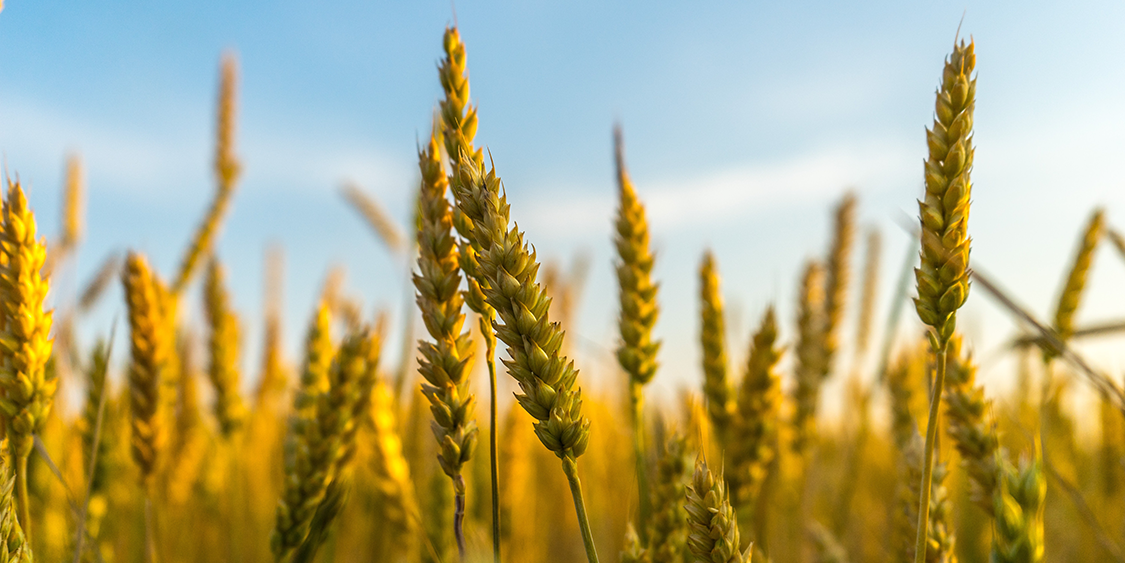
Pest management is often reduced to one of two general approaches: applying pesticides at scheduled times throughout the year, regardless of an existent pest problem, or retaliating with a heavy volume of synthetic pesticides after a problem has been discovered. Unfortunately, both of these practises involve a heavy concentration of pesticides and may not be as effective as believed.
The following information can help agricultural businesses and workers understand how to better manage pests:
The Basics of IPM:
Grain dust is produced from harvesting, drying, handling, storing or processing crops such as barley, wheat, oats and rye. As such, exposure to grain dust is an inevitable part of the job for many agriculture workers.
Grain dust is made up of plant material, mould and mould spores, insect parts, bacteria, endotoxins and soil. This particulate matter can easily find its way into small spaces, leading to adverse health effects and equipment damage, and can explode when ignited if the right conditions are present.
Principle #1. There is no “one size fits all” strategy:
Over-reliance on any single control measure can have undesirable effects. This is especially true for pesticides, where over-reliance can lead to the “3 R’s”—resistance, resurgence and replacement. IPM considers all possible control actions, including taking no action at all, and fits tactics together into complementary strategies. The idea is to combine different control tactics into an overall strategy that balances the strengths of each against individual weaknesses.
Principle #2. Tolerate, do not eradicate.
IPM recognizes that keeping fields entirely pest-free is neither necessary nor desirable—it is not necessary to totally eliminate pests. Because most crops can tolerate low pest infestation levels without any loss in harvestable produce or quality, the presence of a pest does not necessarily mean that you have a pest problem. IPM seeks to reduce pest populations to levels that are below economically damaging rather than to totally eliminate infestations.
Principle #3. Treat the causes of pest outbreaks, not the symptoms.
IPM requires detailed understanding of pest biology and ecology so that the cropping system can be selectively manipulated to the pest’s disadvantage. The idea is to make the crop less favourable for pest survival and reproduction with as little disturbance to the rest of the ecosystem as possible.
Principle #4. If you kill the natural enemies, you inherit their jobs.
Naturally occurring predators, parasites, pathogens, antagonists and competitors (collectively known as biological control agents) help keep many pest populations in check. IPM strives to enhance the impact of “beneficials” and other natural controls by conserving or augmenting those agents already present.
Principle #5. Pesticides are not a substitute for good farming.
A vigorously growing plant can defend itself better against pests than a weak, stressed plant. IPM takes maximum advantage of farming practises that promote plant health and allow crops to escape or tolerate pest injury. IPM begins from the premise that killing pests is not the objective; protecting the commodity is. Pest status can be reduced by repelling the pest; avoiding the pest or reducing its rate of colonization or invasion; and directly killing the pest.
Find out more:
A successful IPM plan takes a commitment to institute, and, more importantly, follow good farming practises. Download your own copy of our “Risk Insights: Integrated Pest Management” guide for even more information on how to mitigate risks for your business:


